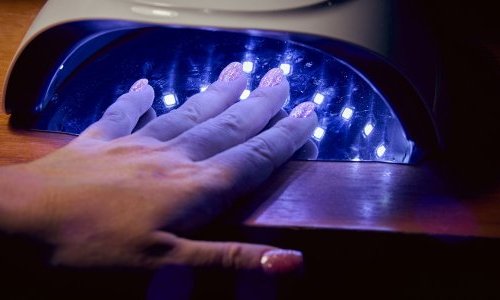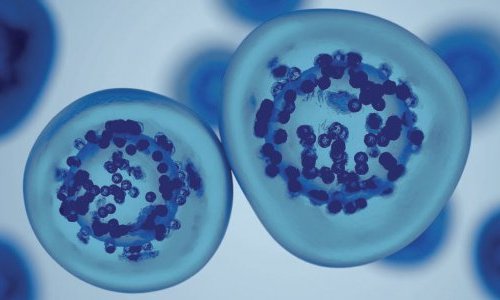The new epidemiology study [1] - a collaboration between Amway and Microbiome Insights - was recently published in the scientific journal mBio, and found that up to 20 percent of the variability of the bacteria on people’s skin can be explained by demographic, physiologic and lifestyle factors.

The new epidemiology study has found that demographic, physiologic and lifestyle factors have an impact on the skin microbiome. (Photo: © shironosov / Istock.com)
Through a survey of 495 individuals between the ages of 9 and 78, and by collecting over 2500 skin swab samples from four skin sites and the mouth, scientists have revealed that the most influential factors associated with facial skin microbiome composition include levels of skin porphyrins - fluorescent molecules synthesized by C. acnes, the bacterium involved in the development of acne — as well as age and the use of sun protection.
For the skin inside the mouth, by comparison, ethnicity and smoking showed the strongest associations with its microbiome.
The study also found different skin microbiome patterns that corresponded with chronological age and others that corresponded with facial wrinkles and hyperpigmented spots; the discovery of a bacterium called Corynebacterium kroppenstedtii and its association with aging skin is being touted as the first step toward understanding how this microbe could be involved in the mechanisms of skin aging.
A patent is pending on this particular finding.
Commenting on the findings, Dr. Pedro Dimitriu, Senior Director of Bioinformatics at Microbiome Insights, Inc., which collaborated with Amway on the study, said the research "advances our understanding of why skin microbiomes are so different from person to person."
"We know the environment outside the body influences the skin microbiome to some extent, but this study shows some of the lifestyle and host factors that shape it too."




























